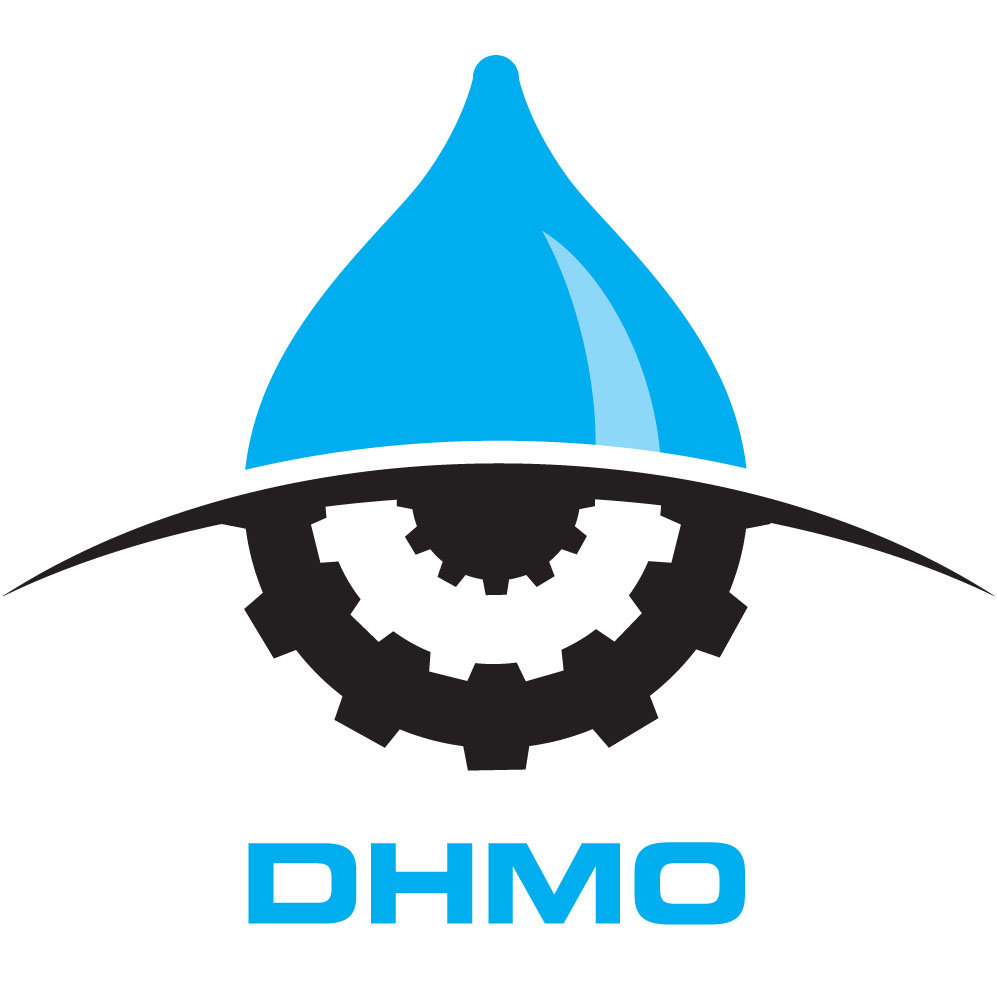How cooling drilling mud can cut costs, save the planet and boost your environmental credentials

Offshore, there are many risks to health and safety. Using and cooling drilling mud effectively plays an important role in managing those risks, but is not fully understood by many.
Here’s what you need to know about it and how it can play a role in cutting your costs and improving your environmental credentials.
Why and how is drilling mud used offshore?
In offshore drilling, as with any type of drilling, cuttings are generated. They are a particular problem in this context because they cause wear on the very expensive drill bit and, if not dealt with, would lead to the need to replace it more often, at significant cost.
Drilling mud is used to keep these cuttings in suspension and allows them to be carried to the surface for separation from the mud and disposal. The filtered mud can then be reused.
Drilling mud also plays an important role in controlling well pressure - with its density being tightly controlled to ensure pressure from the formation is offset.
Mud also helps to reduce friction and provides cooling, extending the life of the drill bit.
Keeping resource-intensive items like it in use as long as possible is one of the ways to aid the circular economy – the idea of using the minimum of our planet’s resources while making and using things.
Oil and gas operators around the world are increasingly using circular economy principles and techniques to save materials, costs, time and boost their environmental credentials.
How is drilling mud used in HPHT wells?
High-Pressure / High-Temperature (HPHT) wells are defined as those having a pore pressure of 0.8 psi/ft, requiring pressure control equipment rated at more than 10,000 psi or a bottomhole temperature exceeding 149 degrees Celsius.
In order to manage the challenges associated with high-temperature wells, mud cooling systems are used. These allow for mud temperatures at the surface to be maintained at levels which no longer present a danger to personnel.
Cooling drilling fluids also allows for greater accuracy of downhole measuring tools and increased life of elastomer seals on BOP, LWD/ MWD tools etc.
How is hot drilling mud cooled for reuse?
Mud cooling systems incorporate a specially-designed heat exchanger which uses sea water as the cooling medium and allows for highly efficient heat transfer with minimal risk of cross-contamination, allowing quick reuse of the drilling mud, saving money and the use of new mud additives – boosting the adoption of the circular economy in your company.
DHMO’s range of mud coolers can be installed as single units, or dual units operated in a series or parallel configuration - providing various options for temperature reduction and flow rate. Our hire systems are installed in DNV crash frames - making shipment and installation quick and easy. Strainer packages are installed upstream to protect the coolers from blockage.
Based in Aberdeen, DHMO specialises in separation and heat transfer solutions for industry, supplying mud coolers across the globe, centrifuges, DAF Systems and dewatering systems. We offer full support and service - from design to installation and beyond.
In addition, we provide chemical analysis, treatment chemicals, maintenance services, spare parts and consumables for all manner of separation equipment. For more information, please get in touch.
